The Bizarre History of Male Anti-Masturbation Devices
Written on
Chapter 1: The Historical Context
In the Victorian era, wastefulness was frowned upon, much like today. The notion of misusing one’s semen for masturbation was seen as an act of pure folly, akin to the reckless behavior of a lunatic. During this time, people believed that a man's ejaculation contained essential "vital energies," meant exclusively for his partner, who was thought to have little else to occupy her time.
Men were plagued by the fear of depleting their semen supply. Before the advent of sperm analysis, doctors lacked the means to assess sperm counts accurately, leading to the misconception that men produced a limited amount daily. In reality, the average male generates around 150 million spermatozoa every day—thousands every second!
As a result, medical professionals of the 19th century warned that excessive ejaculation could lead to a condition known as spermatorrhoea, or "seminal weakness," which was viewed with great concern. The stigma surrounding masturbation wasn't unique to the Victorians. Historical texts, such as the Jewish Talmud, condemned the act as a grave sin. Orthodox teachings advised boys to avoid touching themselves while urinating, leading to the adage: “Better a bad aim than a bad habit.”
In 1835, Professor Claude-François Lallemand stated that spermatorrhoea “degrades man, poisons the happiness of his best days, and ravages society.” Some practitioners even claimed that engaging in self-pleasure could lead to madness. Thankfully, there were proposed solutions for the troubled society—circumcision, castration, or chastity could all supposedly remedy spermatorrhoea. The choice was clear for many men.
Chastity, though less painful, wasn't an easy path. Therefore, the medical community devised various anti-masturbation devices to assist.
“Prepare yourself, gentlemen; this article may lead to some uncomfortable leg crossings.”
Section 1.1: Jugum Penis
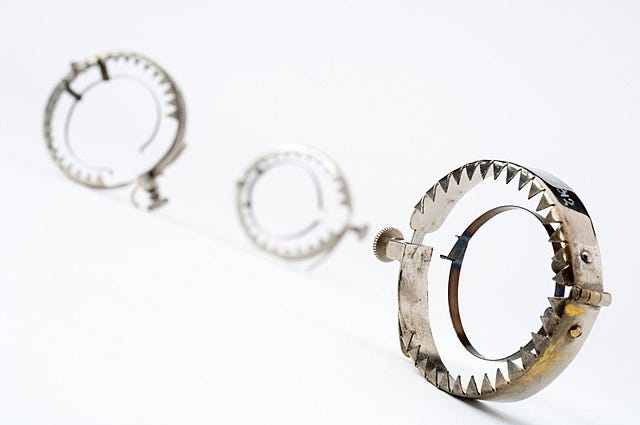
The Jugum Penis, also called the "pollutions ring," was an early invention aimed at preventing "nocturnal emissions." This metal device was secured around the base of the penis and featured a locking mechanism. Should the wearer experience an erection, sharp teeth would inflict pain, making one wish they were a castrato.
Section 1.2: Toothed Urethral Ring
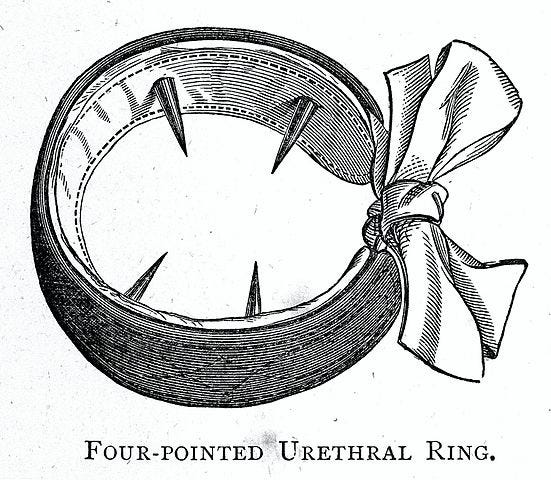
In 1881, Dr. John Laws Milton introduced an even more frightening contraption—the toothed urethral ring. Similar in function to the Jugum, this device was placed over a flaccid penis. If the boy had any inappropriate thoughts, four sharp prongs would halt any erection in its tracks. The addition of a decorative bow added an odd feminine touch.
Chapter 2: The Evolution of Devices
In this episode titled "Victorian Anti Masturbation Devices Episode 3 Under The Knife," we delve deeper into the bizarre world of these historical inventions, exploring their implications and the societal attitudes surrounding them.
Section 2.1: The Stephenson Spermatic Truss
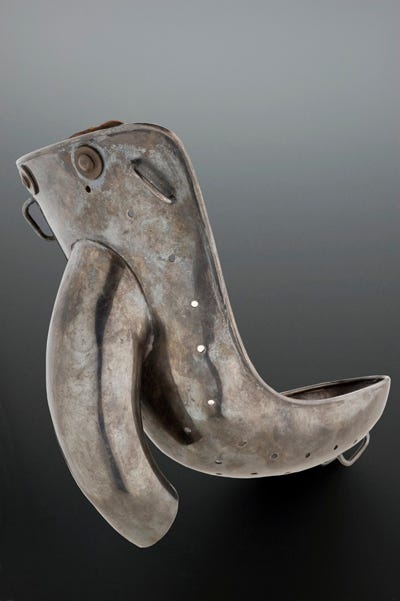
While some Victorian doctors found sharp instruments too harsh, they still required a method to secure a man's penis to his scrotum. The solution was the spermatic truss, introduced by Stephenson in 1876. This device consisted of a belt with a metal cage, allowing free movement until an erection occurred. It was designed for comfort and even featured air holes for ventilation.
Section 2.2: The Anti-Masturbation Bell Ringer

By 1899, George Dudley invented a more creative method to deter young boys from masturbation—an apparatus that attached a bell to the penis, alerting the household whenever the boy attempted to indulge. When metal devices proved ineffective, shame was employed as a deterrent.
Section 2.3: Unconventional Treatments
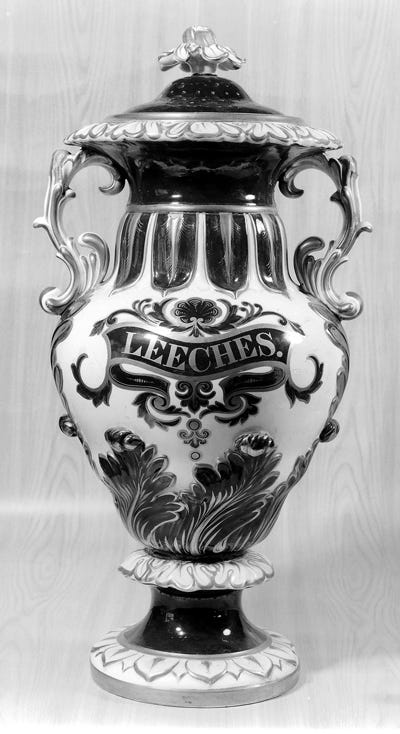
When bells and cages failed, Victorian doctors resorted to medicinal methods. Sedatives like chloral hydrate and potassium bromide were prescribed, along with the Victorian remedy—opium. Some recommended blistering agents like Spanish Fly, while others took a more organic route, suggesting leeches be applied to the inner thighs to draw out lustful impulses.
Section 2.4: Kellogg's Influence on Anti-Masturbation
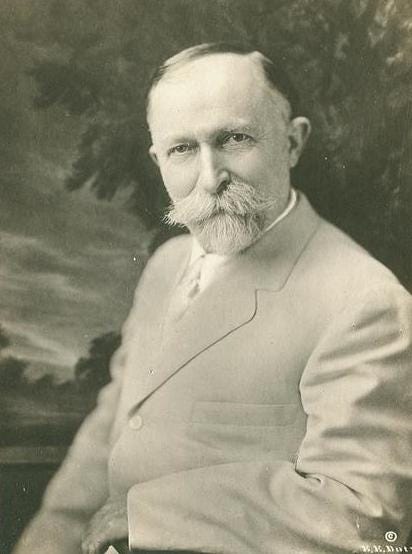
Dr. John Harvey Kellogg, co-founder of Kellogg’s cornflakes, was a significant figure in the anti-masturbation movement. He believed not only that masturbation was harmful but that all sexual activity was detrimental. His approach included a bland diet and daily yogurt enemas, with the original cornflakes being a sugarless biscuit. Kellogg even invented bizarre devices, including one that delivered electrical shocks through the urethra or rectum every fifteen minutes.
In a twist of irony, modern research highlights the benefits of masturbation, including an evolutionary advantage. Regular ejaculation helps maintain healthy sperm quality, and importantly, it has been shown to reduce the risk of prostate cancer.
So, enjoy your time, gentlemen, but don't forget to save some for your partners!
To explore more on this topic and support The Grim Historian, consider checking out my affiliate link and becoming a Medium Member. Your subscription helps sustain my writing.
For more fascinating stories from Carlyn Beccia and many other writers on Medium, visit the platform.